Ohio K-12 Facilities Construction Commission | Map of K-12 Schools

Ohio K-12 Facilities Construction Commission | Map of K-12 Schools
This is a simply delightful sketch animation of a ballet dancer. I was trying to get some different effects and style effects than usual.
(Prompt in following tweets.)
#Veo2 pic.twitter.com/fyznNWl3Mt— Jason Baldridge (@jasonbaldridge) January 17, 2025
“What art is, in reality, is this missing link, not the links which exist.
It’s not what you see that is art; art is the gap”
— Marcel Duchamp
Today we refresh our understanding of the literature that guides the safety and sustainability goals of lively art and special event setting on the #WiseCampus. Consortia have evolved quickly in recent years, leading and lagging changes in the content creation and delivery domain. With this evolution a professional discipline has emerged that requires training and certification in the electrotechnologies that contribute to “event safety”; among them:
ASHRAE International
Standard 62.1: This standard establishes minimum ventilation rates and indoor air quality requirements for commercial buildings, including theaters and auditoriums.
Standard 55: This standard specifies thermal comfort conditions for occupants in indoor environments, which can have an impact on air quality.
Audio Visual and Experience Association
Entertainment Services and Technology Association
International Code Council
International Building Code: Section 303.2 Assembly Group A-1
Illumination Engineering Society
RP-16-17 Lighting for Theatrical Productions: This standard provides guidance on the design and implementation of lighting systems for theatrical productions. It includes information on the use of color, light direction, and light intensity to create different moods and effects.
RP-30-15 Recommended Practice for the Design of Theatres and Auditoriums: This standard provides guidance on the design of theaters and auditoriums, including lighting systems. It covers topics such as seating layout, stage design, and acoustics, as well as lighting design considerations.
DG-24-19 Design Guide for Color and Illumination: This guide provides information on the use of color in lighting design, including color temperature, color rendering, and color mixing. It is relevant to theater lighting design as well as other applications.
National Center for Spectator Sports Safety and Security
National Fire Protection Association
Life Safety Code
National Electrical Code
Articles 518-540: Arenas, Lecture Halls & Theaters
Society of Motion Picture Technology Engineers
Professional Lighting and Sound Association
Dance and Athletic Floor Product Standards: ASTM F2118, EN 14904, DIN 18032-2
Incumbent standards-setting organizations such as ASHRAE, ASTM, ICC, IEEE, NFPA have also discovered, integrated and promulgated event safety and sustainability concepts into their catalog of best practice titles; many already incorporated by reference into public safety law. We explore relevant research on crowd management and spectator safety.
The circumstances of the pandemic has made “re-rationalization” of education community spaces an urgent priority. Today at 15:00 UTC we pick through the concepts in play. Use the login credentials at the upper right of our home page.
More
International Code Council (N.B. Changes to its Code Development Process)
International Building Code: Entertainment Occupancies
Section 410: Stages, Platforms and Technical Production Areas
National Electrical Code: Articles 518 – 540
Code-Making Panel 15 (NEC-P15): Public Input Report 10/1/2020
Code-Making Panel 15 (NEC-P15): Public Comment Report 11/18/2021
ASHRAE 62.1 Ventilation for Acceptable Indoor Air Quality
Princeton University: Set Design & Construction
Building the Virtual Stage: A System for Enabling Mixed Reality Theatre
University of California: Special Effects Safety and Loss Prevention
In 2025, U.S. data centers saw explosive expansion fueled by AI and hyperscale demand. Grid power demand rose ~22% to ~61.8 GW (up 11.3 GW from 2024). Electricity use built on 2024’s ~183 TWh (>4% national total), with vacancy hitting record lows (~1.6–2.8%) and inventory surging in markets like Atlanta (+969 MW in H1). Under-construction capacity reached historic highs amid power constraints in core hubs.
Source: CBRE, S&P Global, DOE reports (as of Jan 2026)
While no final NTIA report has been released as of January 2026, the RFC and listening session have influenced adjacent policy discussions. For example, a July 2025 White House AI Action Plan referenced streamlined permitting for data centers as part of national AI priorities. Additionally, a January 2025 Executive Order (EO 14141) and subsequent efforts, like the Department of the Air Force’s proposals for AI data centers on military bases, tie into the themes of secure and resilient infrastructure growth. A GAO report from April 2025 also cited the NTIA RFC in discussions of generative AI’s environmental effects, noting potential technical innovations to mitigate issues.
The National Telecommunications and Information Administration requests comments on the challenges surrounding data center growth, resilience and security in the United States amidst a surge of computing power demand due to the development of critical and emerging technologies. This request focuses on identifying opportunities for the U.S. government to improve data centers’ market development, supply chain resilience, and data security. NTIA will rely on these comments, along with other public engagements on this topic, to draft and issue a public report capturing economic and security policy considerations and policy recommendations for fostering safe, secure, and sustainable data center growth.
Written comments must be received on or before November 4, 2024.
We track leading practice discovery and promulgation of this technology nearly every week. See our CALENDAR for sessions we coordinate with the IEEE Education & Healthcare Facilities Committee.
Related:
…and so on. We will likely submit recommendations to NTIA on this topic; with drafts open during any of our daily colloquia.
Related:
Red Lion Cafe | College Avenue | Financial Position 2024 | $2.914B
Institutional Planning & Operations
Proud of who we are and excited for our future. We’re thrilled to welcome our newest Scarlet Knights! #upstreamredteam
.
.
.
.#NationalSigningDay #NSD #ScarletKnights #RutgersRowing #ncaarowing #bigtenrowing #bigten pic.twitter.com/CyXhRdpEV7— RutgersWomensRowing (@RutgersWRowing) November 14, 2024
Standards Illinois | Capital Projects | University Bond Data
The University has been exploring options for its aging Ice Arena (built in 1931) since at least 2022, including potential renovations or a new off-campus facility. The current arena requires significant upgrades for ADA compliance, structural repairs, windows, roof, and ice mat replacement to serve its users (hockey clubs, figure skating, public skating, etc.). It’s funded primarily by student fees, and decisions involve student referendums. So early in the concept phase numbers fly — recently $50 million.
Local developer shares vision, seeks input on ice facility proposal https://t.co/W19tuJ3QIl via @thedailyillini
— Standards Michigan (@StandardsMich) December 5, 2025
Power Management For Data Centers Challenges And Opportunities
Erling Hesla and Robert D. Giese
Abstract: This paper presents a broad view of management of design and implementation of power systems for Data Centers. The paper outlines many challenges that are present because of the demanding requirements of Data Centers both in design and management, then introduces opportunities that recent technological advances have made possible. This paper presents several new approaches of ownership and responsibilities that directly affect financial viability of the Data Center.
IEEE Education & Healthcare Facility Electrotechnology
2025 GROUP B PROPOSED CHANGES TO THE I-CODES | Complete Monograph 2630 Pages
N.B.
G73-25 Section 410: Stages, Platforms and Technical Production Areas (Page 591-…) Submitted by the American Society of Theater Consultants
G77-25: Emergency ventilation (Pages 601-…)
G27-25: Type A and B stage definition (Page 490)
G78-25: Technical Production areas (Page 602)
American Society of Theater Consultants | Oberlin College
2024 GROUP A PROPOSED CHANGES TO THE I-CODES | Complete Monograph 2658 Pages
2024/2025/2026 ICC CODE DEVELOPMENT SCHEDULE
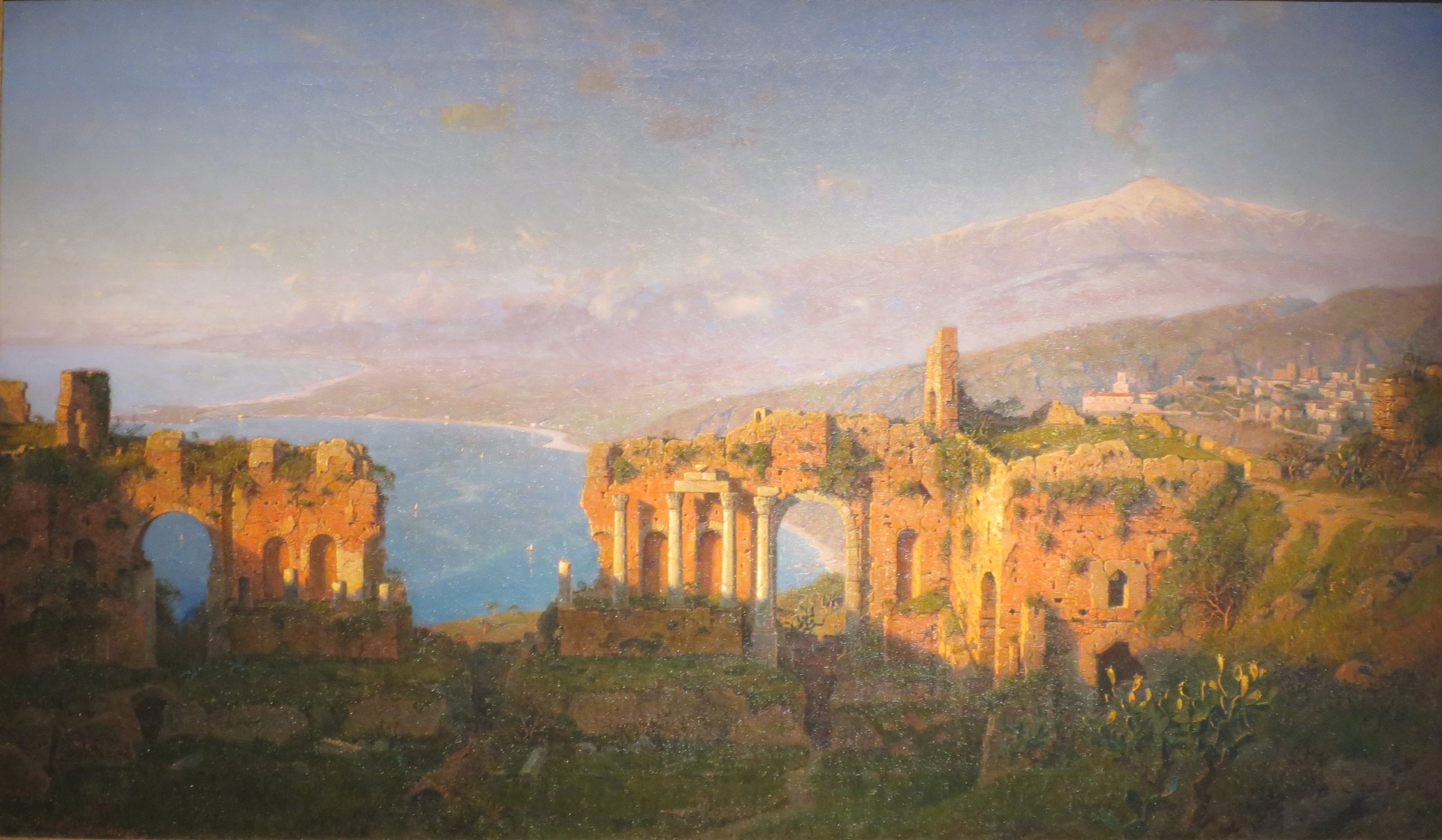
“View from the Ancient Theater in Taormina to Mount Etna” c. 1880 Carl Wuttke
Safety and sustainability for any facility begins with an understanding of who shall occupy it. University settings, with mixed-use phenomenon arising spontaneously and temporarily, present challenges and no less so in square-footage identified as performing arts facilities. Education communities present the largest installed base of mixed use and performing arts facilities. A distinction is made between supervised occupants that are in secondary schools (generally under age 18) and unsupervised occupants that are in university facilities (generally above age 18).
First principles regarding occupancy classifications for performing arts facilities appear in Section 303 of the International Building Code Assembly Group A-1. The public edition of the 2021 IBC is linked below:
2024 IBC Chapter 3: Occupancy Classification and Use
Each of the International Code Council code development groups A, B and C; fetch back to these classifications. You can sample the safety concepts in play with an examination of the document linked below:
2019 GROUP B PROPOSED CHANGES TO THE GROUP B I-CODES
2019 GROUP B PUBLIC COMMENT AGENDA
Each of the foregoing documents are lengthy so we recommend using search terms such as “school”, “college”, ‘”university”, “auditorium”, “theater”, “children”, “student” to hasten your cut through it.
We find continuation of lowering of the lighting power densities as noteworthy. Technical committees assembled and managed by the International Code Council, the American Society of Heating & Refrigeration Engineers and the Illumination Engineering Society are leaders in developing consensus products that drive the LED illumination transformation.
The revision schedule for the next tranche of ICC titles that are built upon the foundation of the IBC is linked below:
2024/2025/2026 ICC CODE DEVELOPMENT SCHEDULE
We encourage experts in education communities — facility managers, research and teaching staff, architectural and engineering students — to participate directly in the ICC Code Development process at the link below:
https://www.iccsafe.org/cdpaccess/


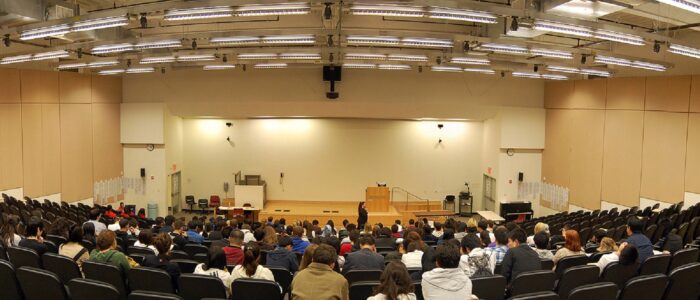
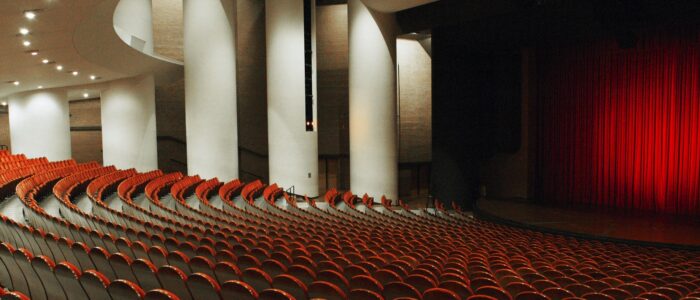
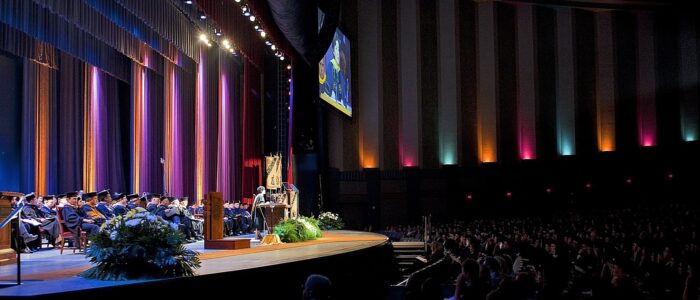


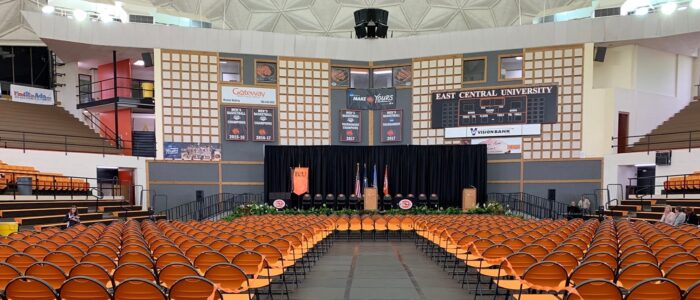
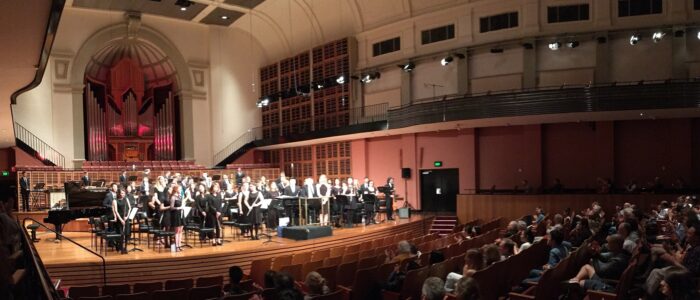
We reserve a place on the agenda of our standing Lively 200 colloquia on this topic. See our CALENDAR for the next online meeting; open to everyone.
Issue: [18-166]
Category: Architectural, Healthcare Facilities, Facility Asset Management
Colleagues: Mike Anthony, Jim Harvey, Richard Robben
The International Code Council (ICC) develops its codes and standards through a consensus-driven process. The ICC Code Development Process follows these major stages:
Code Change Proposal Submission
Stakeholders (e.g., government officials, industry professionals, and the public) submit proposals to modify existing codes or introduce new provisions.
Committee Action Hearing (CAH)
Expert committees review and evaluate submitted proposals.
Public testimony is allowed, and committees vote on whether to approve, disapprove, or modify the proposals.
Public Comment Period
After the CAH, the public can submit comments or suggest modifications to the committee’s decisions.
These comments help refine the proposed changes before final voting.
Public Comment Hearing (PCH)
ICC members discuss and vote on public comments.
This step ensures that all voices are heard and debated before finalizing changes.
Online Governmental Consensus Vote (OGCV)
Governmental members vote on the final code changes electronically.
Only governmental voting members (e.g., code officials) participate in this stage to ensure the process remains unbiased.
Publication of New Code Edition
Approved code changes are incorporated into the next edition of the ICC codes.
The ICC updates its codes every three years (e.g., 2021, 2024, 2027 editions).
This structured process ensures that ICC codes remain comprehensive, up-to-date, and responsive to industry needs while maintaining safety and functionality.
“It Can’t Happen Here” 1935 Sinclair Lewis
Time cognition, measurement and conformance to tradition shapes educational settlements:
Campus planners incorporate temporal elements into their design itself, creating spaces that change over time. This might involve the play of light and shadow during different times of the day or the use of materials that weather and evolve over the years.
Today we account for our work in shaping the literature for time standards relevant to educational settlements. Use the login credentials at the upper right of our home page.
Jeff Bezos is building a monumental 10,000-year clock in the mountains.
Here’s the reason why:
“10,000 year clock is a physical clock of monumental scale. It’s about 500 feet tall. It’s inside a mountain in west Texas in a chamber that’s about 12 feet in diameter and 500 feet… pic.twitter.com/lg9mYOJmnT
— Timeless Philosophy (@TimelessPhil) December 29, 2023
Most nations follow the day/month/year format (07/01/19 for January 7, 2019, for example), but the United States adheres to its own format of month/day/year (1/7/19 or 1/7/2019). The potential for misinterpreting dates across national boundaries is the logic for ISO 8601:2019 – Data Elements And Interchange Formats – Information Interchange – Representation Of Dates And Times, the ISO format for dates represents year, month, and day from the largest unit to the smallest, most specific unit of time. The ISO date format is the date format used in SQL and is the default date setting on many computers.
ISO 8601-1:2019 Date And Time – Representations For Information Interchange – Part 1: Basic Rules
More
How the ISO Date Format Tells Today
Date and time formats used in HTML
New update alert! The 2022 update to the Trademark Assignment Dataset is now available online. Find 1.29 million trademark assignments, involving 2.28 million unique trademark properties issued by the USPTO between March 1952 and January 2023: https://t.co/njrDAbSpwB pic.twitter.com/GkAXrHoQ9T
— USPTO (@uspto) July 13, 2023
Standards Michigan Group, LLC
2723 South State Street | Suite 150
Ann Arbor, MI 48104 USA
888-746-3670
